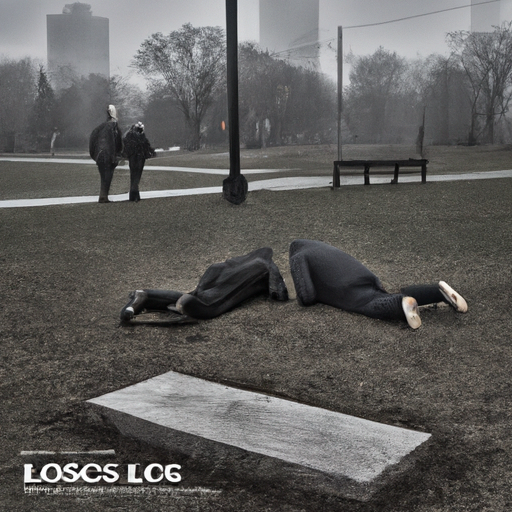A Deeper Look into the Canadian Opioid Crisis: Violence and Overdoses Surge in Toronto’s East End
In an article from CP24, a current snapshot of the grim reality that the Canadian opioid crisis has brought upon its communities is presented. The report focuses on the most recent incident that had two men hospitalized following a stabbing in Toronto’s East End, highlighting an increase in violence and crimes linked to the opioid crisis.
The Unfortunate Event
According to the news piece, the incident happened in Moss Park, a neighborhood historically associated with a high rate of homelessness and drug-related issues. Police reports stated that a fight had reportedly erupted as supposed result of a dispute over drugs. Alarmingly, this is not an isolated occurrence, indicating a correlation between the opioid crisis, increasing crime rates, and escalating unrest within affected communities.
The Broader Picture
The incidents occurring at Moss Park are not distinct from the overall opioid crisis in Canada. Nationally, there have been an increasing number of crimes, especially violent cases linked to opioids. Additionally, the opioid crisis has overwhelmingly impacted socially disadvantaged communities, particularly the homeless population. This crisis has brought about significant disruptions, manifested not only in the healthcare system but more disturbingly within Canada’s urban societies. The ripple effects of opioids, include:
- A rise in violent crimes and social unrest
- An increasing strain on healthcare resources
- Growing homeless population, exacerbated by addiction issues
- Vulnerability of individuals and communities
Counteractive Measures
Recognizing that the opioid crisis is not only a public health issue but also a social and criminal problem, various efforts have been underway to combat its effects. These actions include the distribution of naloxone kits to high-risk individuals and environments, facilitating access to treatment and recovery support, and implementing harm reduction strategies. Naloxone, in particular, has been a critical tool in reversing opioid overdoses and saving lives. Significantly, there has also been a push towards re-evaluating policies related to the opioid crisis, including legislative efforts concerning an opioid class action.
Key Takeaways
- The Canadian opioid crisis has adverse social implications, spurring an increasiung wave of violence and crime in affected communities, exacerbating issues among the homeless population.
- Efforts to manage and combat the devastating effects of the opioid crisis encompass not only public health measures but necessary visibility and action from the criminal justice system and policy reform arenas.
- The distribution of tools like naloxone can effectively reverse the immediate impacts of opioid overdoses, with a call for their increased accessibility in regions with high drug use.
Concluding Thoughts
The complexities of the Canadian opioid crisis extend beyond an issue of drug misuse. It seeps into the societal fabric, affecting crime rates, homelessness, and community wellbeing. As such, it requires multi-disciplinary strategies and coordinated efforts from various sectors. And while measures such as providing naloxone kits and driving policy reform like the opioid class action can create significant strides, we ought to emphasize the importance of prevention functionally integrated with immediate reaction and long-term recovery planning.
